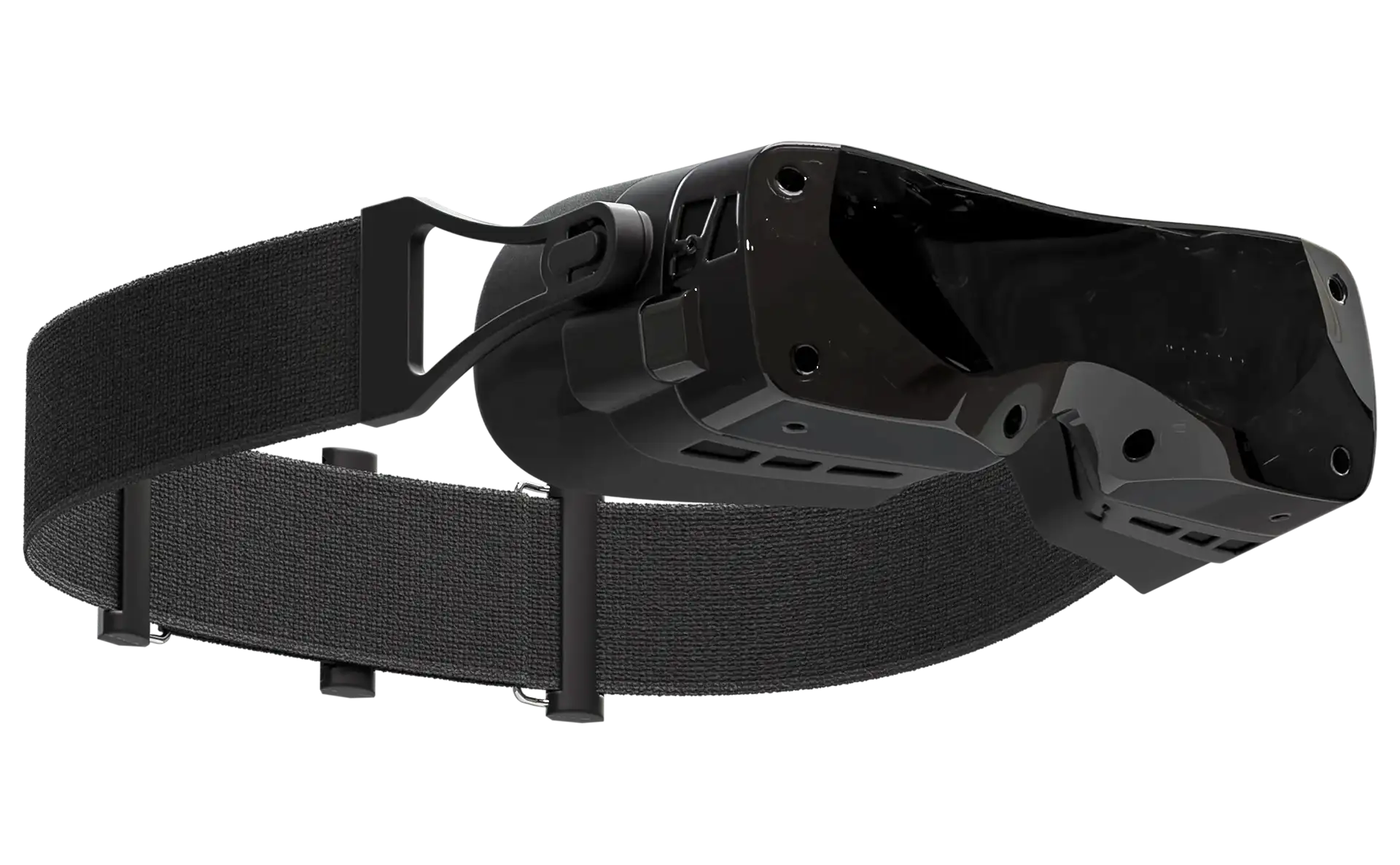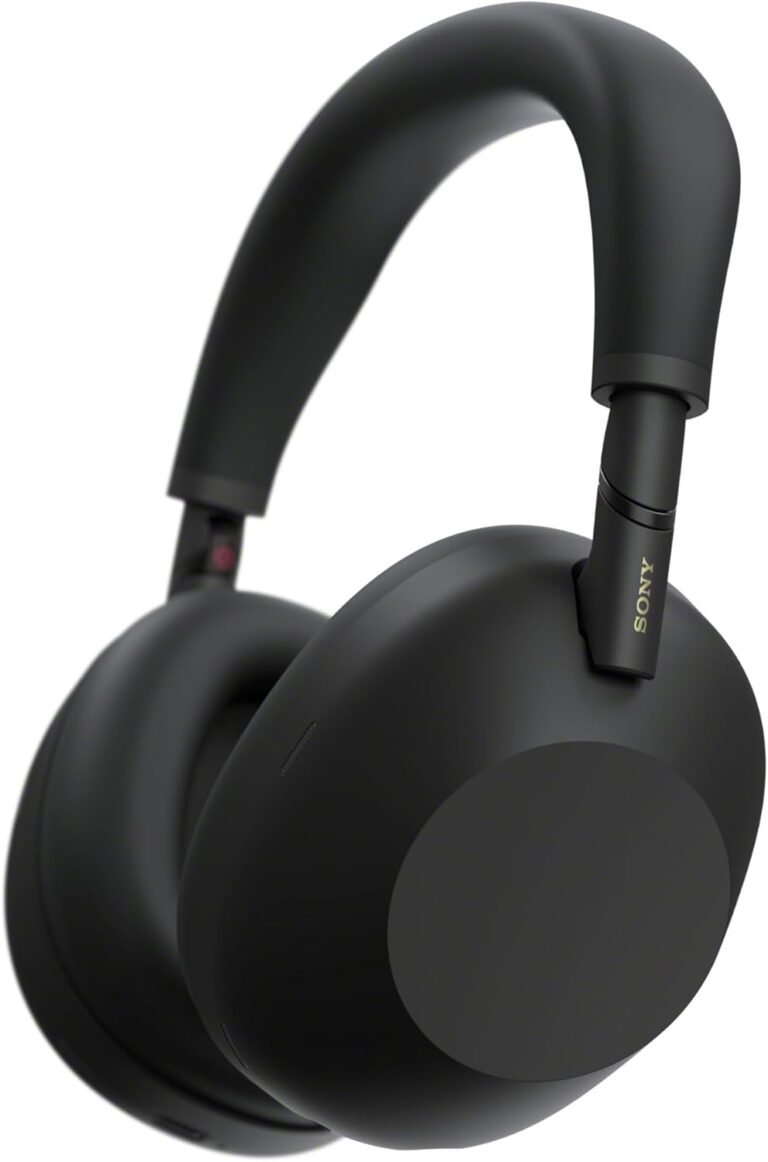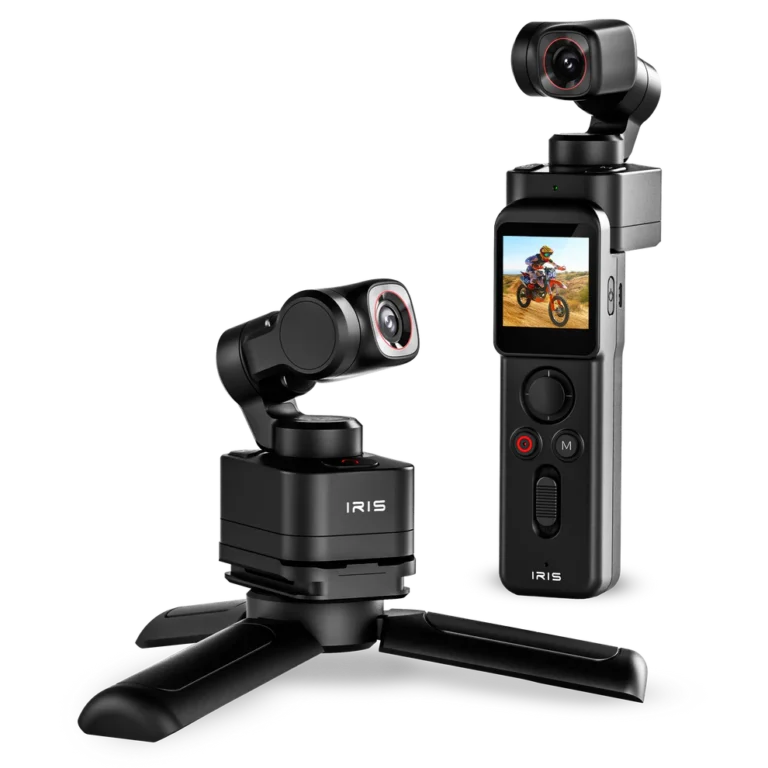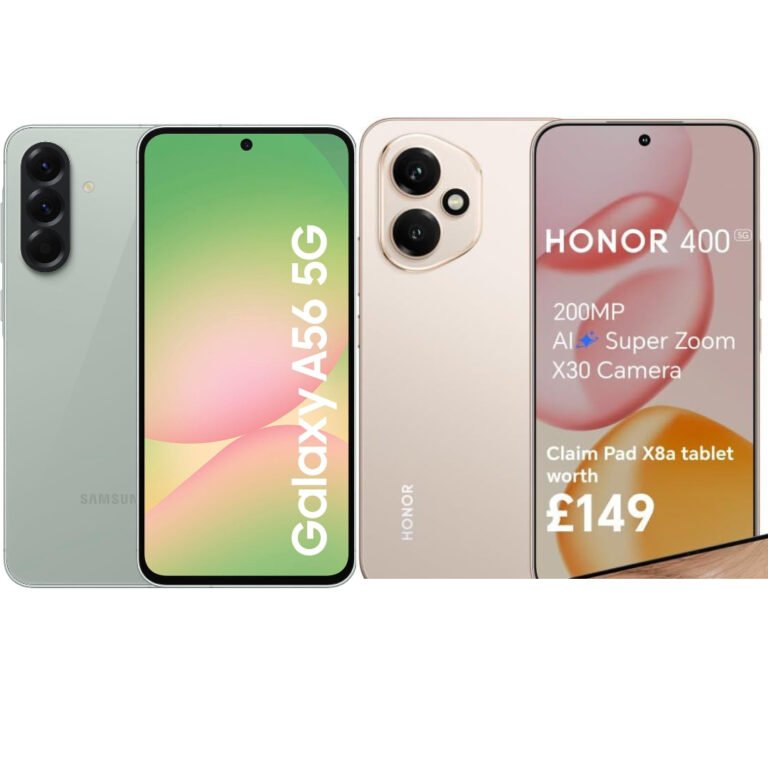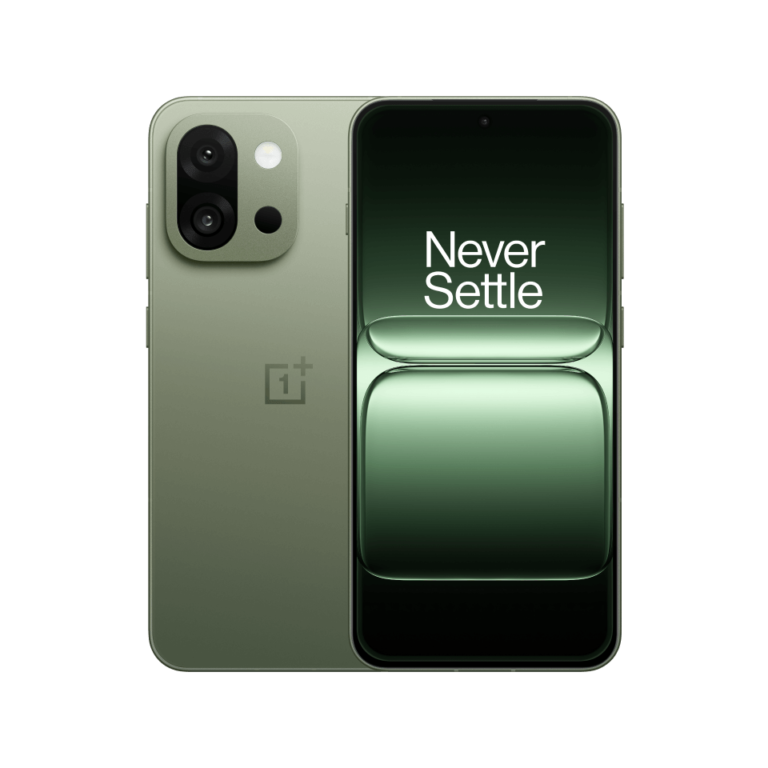The Bigscreen Beyond 2 offers a strikingly compact form factor and custom-fit design that puts comfort and immersion front and center. In this review, we’ll break down the Bigscreen Beyond 2 by exploring its design, hardware specs, and key pros and cons. Whether you’re a hardcore sim racer, VR creative, or someone upgrading from a previous headset, this breakdown will help clarify who the Bigscreen Beyond 2 is built for.
Design
At first glance, the Bigscreen Beyond 2 might seem almost toy-like due to its featherweight build, but make no mistake this headset is engineered with purpose. The most striking design choice is the headset’s custom-fitted nature. Unlike traditional VR headsets with adjustable straps and interchangeable pads, the Beyond 2 is made to fit your face specifically. Users must scan their face via the Bigscreen app before purchase, allowing the headset to be tailored uniquely.
Key Design Features:
- Ultra-lightweight Body: Weighing approximately 127g (without the headstrap and cable), this is one of the lightest VR headsets ever made.
- Custom-fit Faceplate: Made from 3D-scanned measurements for optimal comfort and light sealing.
- Minimal Footprint: The headset is surprisingly slim, resembling a pair of ski goggles more than a traditional VR headset.
- Magnetic Face Cushion: Easy to remove and replace, contributing to hygiene and comfort.
- Built-in Ventilation: Reduces lens fogging and keeps the experience cool and stable.
Who Will Appreciate the Design?
- Users sensitive to headset weight or pressure.
- Gamers looking for long-term comfort for marathon VR sessions.
- Those wanting a low-profile VR headset for tight setups or professional environments.

Technical Specifications
The Bigscreen Beyond 2 doesn’t just excel in ergonomics—it also delivers on high-end technical specs, aiming to satisfy even the most demanding users.
Display:
- Resolution: Dual 5120×2560 MicroOLED (2560×2560 per eye)
- Refresh Rate: 75Hz and 90Hz modes
- Field of View (FoV): Approximately 90–93° horizontal and 93–97° vertical, depending on facial structure and IPD
- Lenses: Pancake optics with minimal distortion
- Brightness: High brightness MicroOLED screens with deep blacks and vibrant colors
Optics and Visuals:
- IPD Adjustment: Fixed IPD set during customization (range: 55–72mm)
- Eye Box: Custom-aligned for each user to maximize clarity and comfort
- No Motion Blur: Near-instant pixel response time due to OLED
Audio and Tracking:
- Audio: No built-in audio, but it includes clips for attaching your own headphones or off-ear audio solutions
- Tracking: Supports SteamVR tracking (uses Lighthouse base stations)
- Optional Accessories: Headstrap with built-in audio sold separately
Connectivity:
- PC Connection: Wired via USB-C + DisplayPort
- Cable Length: 5m cable included
- SteamVR Compatibility: Fully compatible with SteamVR base stations, controllers, and trackers
Pros of the Bigscreen Beyond 2
1. Unmatched Comfort
Because it’s made for your face specifically, the Bigscreen Beyond 2 fits like a glove. It almost disappears on your head due to its lightweight construction. Users who suffer from fatigue with heavier headsets will find this to be a major plus.
2. Visual Clarity and Sharpness
With a per-eye resolution of 2560×2560, users can expect minimal screen-door effect, crisp details, and rich contrast—ideal for simulation games, creative applications, and text-heavy interfaces. The OLED panels also produce deep blacks and vivid colors.
3. Compact and Portable
The sleek and tiny footprint makes it easy to pack, move, or store. If your space is limited or you like a clean setup, the Beyond 2’s design minimizes clutter.
4. Customization
Few VR headsets offer the level of personalization seen here. Your IPD, face shape, and even padding are tailored to you, resulting in a truly personalized experience.
5. SteamVR Compatibility
If you already have SteamVR base stations and controllers (e.g., from a Valve Index), the Beyond 2 integrates seamlessly into your setup without needing to re-buy peripherals.
6. Thermal Control and Fog Reduction
Built-in ventilation prevents fogging, which is a common annoyance in other compact VR headsets. This keeps sessions going longer without needing to wipe lenses.
Cons of the Bigscreen Beyond 2
1. No Built-in Audio
While some users prefer using their own headphones, the lack of any built-in audio solution means more setup complexity. Users must purchase or attach third-party audio options.
2. Fixed IPD and No Adjustability
Because the IPD is set during customization, there’s no option to adjust it later. If your measurements are off or shared use is intended, it could be a dealbreaker.
3. Not Out-of-the-Box Ready
Users new to VR may be surprised that the Beyond 2 doesn’t include controllers or base stations. You must already own or buy these separately, which adds cost and setup steps.
4. Face Scan Requirement
While this results in a custom fit, it also adds a step before purchase. Those uncomfortable with facial scanning or lacking a compatible iPhone for the scan might find this inconvenient.
5. Price Point
While competitive in terms of performance, the total cost (especially when including SteamVR gear) can add up quickly. It’s not the most budget-friendly option, especially for newcomers. Price starts at around $1,019.00 USD at the time of writing.
6. Niche Targeting
Because of its tailored nature, this headset isn’t ideal for multiple users in one household. It’s built for one person and doesn’t support sharing easily.
Who Will Like the Bigscreen Beyond 2?
The Bigscreen Beyond 2 is not a mass-market VR headset. Instead, it speaks directly to a focused group of users:
- Sim Racers and Flight Sim Enthusiasts: The clarity, comfort, and wide FoV make it a great match for high-immersion cockpit setups.
- Creative Professionals: Artists, 3D modellers, and engineers will appreciate the sharp resolution and lack of distortion.
- Veteran VR Users: If you’re upgrading from a Valve Index or HTC Vive and already have base stations and controllers, the Beyond 2 is a compelling next step.
- Streamers and VR Developers: The headset’s visual clarity and comfort over long sessions support professional-grade use.
However, casual gamers, households sharing a single headset, or first-time VR users may find better value in more general-purpose options like the Meta Quest series or Pimax Crystal, which offer more plug-and-play experiences.
Final Thoughts
The Bigscreen Beyond 2 pushes boundaries in custom VR hardware. It prioritizes individual comfort, optical fidelity, and lightweight design, carving out a unique space in the enthusiast and professional VR market. It’s not designed to be a jack-of-all-trades headset but rather a precision tool for those who know exactly what they want from a VR experience.

